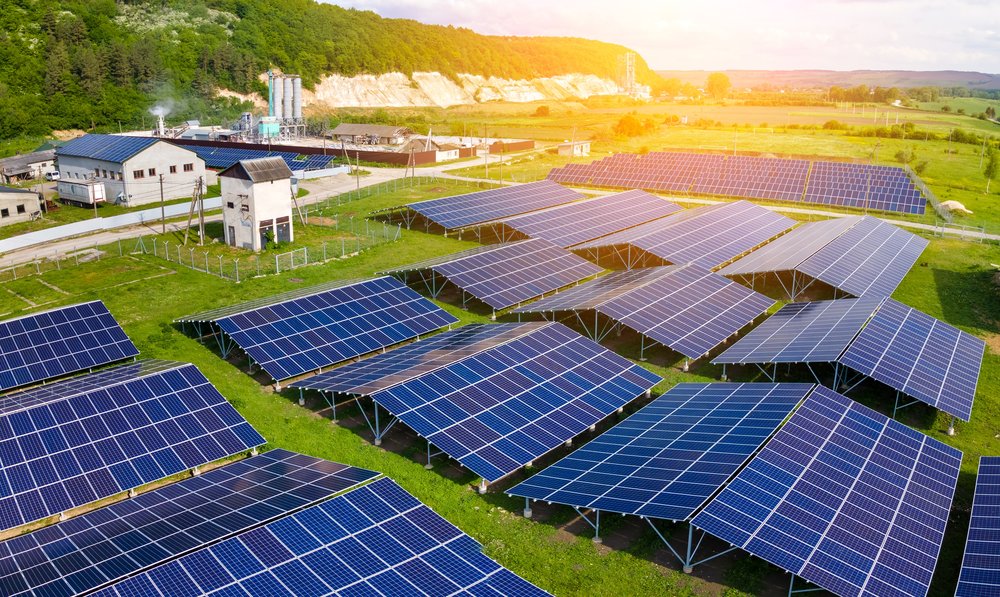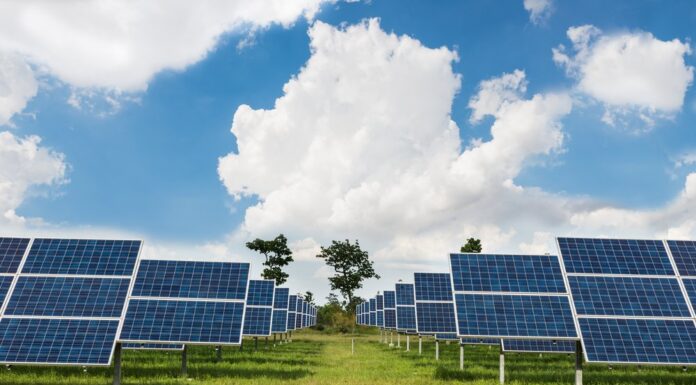The world is currently grappling with a mounting energy crisis as the traditional source of energy, fossil fuels, continues to become increasingly scarce and expensive. Besides, the production of greenhouse gases from these fuels contributes to climate change, fueling the growing demand for alternative power sources that are clean, renewable, and sustainable.
In this article, we will discuss the top 5 alternative power sources that you need to know about. These alternative power sources are renewable, meaning they can be used over and over again without running out. They are also generally more environmentally friendly than fossil fuels.
By understanding these choices, you can make informed decisions about how to power your home and your life. You can also help reduce your impact on the environment and contribute to a more sustainable future.
Solar Power
Solar power is a sustainable and eco-friendly way of converting sunlight into electricity, heat, or light. It doesn’t release any greenhouse gases, making it an environmentally friendly energy source. Solar power can be used in various ways, such as generating electricity for homes, businesses, and utilities, as well as powering vehicles and heating water.
The US Department of Energy has proposed a plan to significantly increase the use of solar energy in the country. They aim to achieve 40% solar electricity by 2035, and to do so, the US would need to install 30 gigawatts of new solar capacity annually for the next four years. This would be enough to power around 3 million homes, depending on their location, and the number would need to double each year until 2030.
Wind Power
Wind energy is another innovative form of renewable energy, typically powered by the movement of wind across enormous fan-shaped structures called wind turbines. Once built, these turbines create no climate-warming greenhouse gas emissions, making them a “carbon-free” energy source that can provide electricity without making climate change worse.
Notably, wind energy is the second-fastest-growing source of carbon-free electricity in the world (after solar), serving individuals, companies, and entire communities. It is versatile and can be produced from small-scale windmills or wind turbines on residential properties to large-scale offshore wind farms in the ocean.
Hydroelectric Power
Another type of renewable energy source to be aware of is hydroelectric power, which generates electricity by harnessing the force of moving water. The water is generally stored in a reservoir behind a dam and then released through a turbine, which spins a generator to create electricity.
This is a clean and efficient source of energy, and it is currently the largest source of renewable energy in the world. These plants can be used to generate baseload power, which is power that is available 24 hours a day, 7 days a week. They can also be used to generate peak power, which is power that is needed during times of high demand.
However, the amount of electricity that a hydroelectric power plant can generate depends on the height of the dam, the volume of the reservoir, and the flow rate of the water.
Geothermal Power
Geothermal power is all about generating electricity using the Earth’s interior heat. This renewable energy source extracts heat from underground water or steam reservoirs and converts it into electricity by turning a turbine. It is a reliable and efficient source of electricity that can operate 24/7.
Moreover, it is relatively low-cost and can also provide baseload power, which is the minimum amount of power required for a power grid to operate at all times, similar to Hydroelectric Power discussed above.
Biomass Energy
Biomass energy harnesses organic matter from diverse sources, including plants, animals, and waste products. There are several ways to convert biomass into energy. One popular method is direct combustion, which can be carried out in a fireplace, stove, or power plant.
Another option is gasification, which converts biomass into a gas that can be used for heat or electricity generation. Biomass energy is a promising solution to meet our energy needs while also reducing our reliance on fossil fuels, as liquid fuels like ethanol or biodiesel can also be produced from biomass. A range of conversion methods are available, making biomass energy a versatile option.
Conclusion
The wide range of alternative power sources, including Solar, Wind, Hydroelectric, Geothermal, and Biomass Energy, play a crucial role in our transition to a clean energy future. Embracing these sources not only reduces our dependency on fossil fuels but also safeguards the environment and secures a sustainable future for generations to come.










